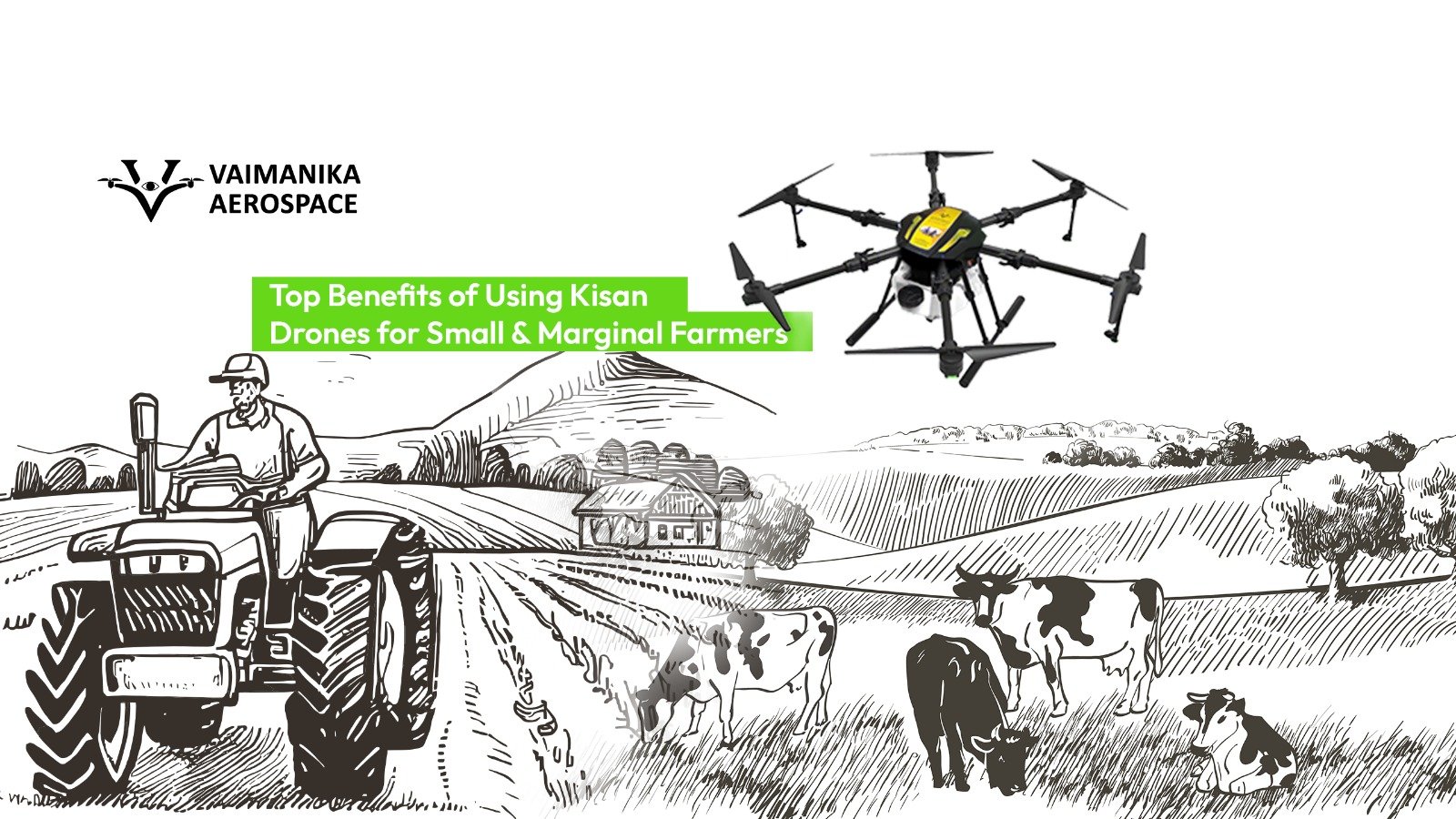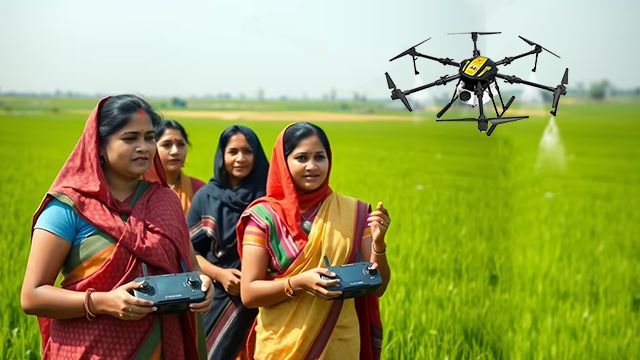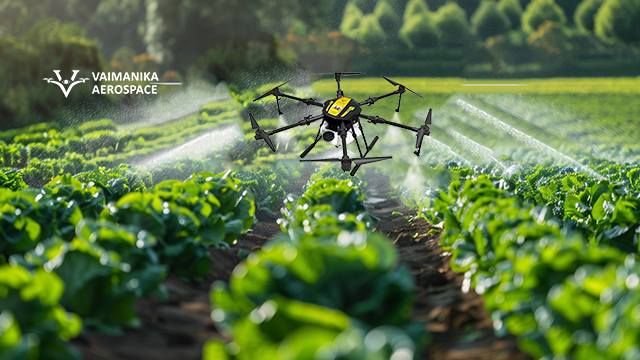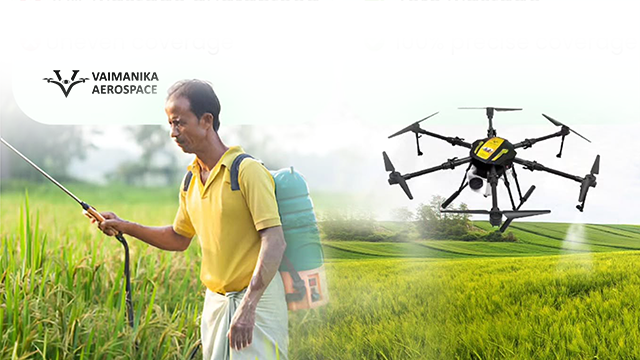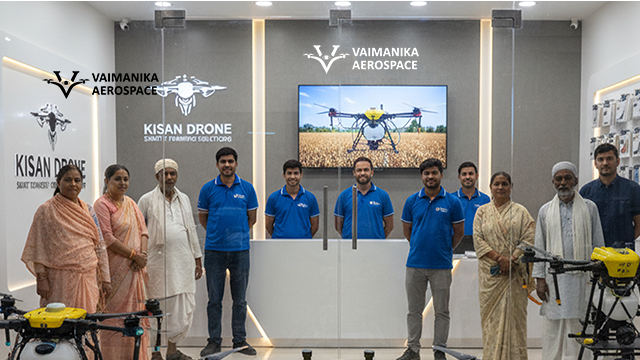Indian agriculture relies on small and marginal farmers who work with limited plots of land, with limited access to both modern implements and mechanized systems. With rising labor costs and narrowing margins, and growing demand for sustainable farming, technology is no longer a luxury; it has now become an essential farming need. This is where Kisan Drones, such as the DGCA-approved Vaimanika V10, are coming in as a game-changer.
1. Cost-Effective Farming
Small and marginal farmers have little investment, and all input costs like fertilizers, pesticides, and wages have been on the increase. Kisan drones would cut these costs substantially by ensuring the precise spraying of pesticides, hence avoiding wastage. This means only getting the right amount of stuff in the right place.
2. Time-Saving Operations
It may take hours, even a few days, to do the same work on foot, like manual spraying or surveying. But a drone takes less than 24 hours to cover 20 to 25 acres with pesticide spraying. This comes in handy during critical growth periods of crops, where timely action can affect yield.
3. Higher Yield with Precision Agriculture
Drones deliver true uniformity in spraying, accurate sowing, and rapid crop health monitoring. On account of being small-scale farmers, precision for them has translated into improved crop yields, better quality produce, and ultimately increased income.
4. Decreased Health Risks
Exposure to chemicals while spraying can endanger farmers’ health. Drones eliminate the need for farmers to walk through fields, carrying heavy tanks and being exposed to dangerous chemicals.
5. Data-Quality Decisions
Modern Kisan drones have sensors and GPS to enable crop mapping and crop health analysis. This data gives farmers better tools to make decisions about irrigation, fertilizer, and whether or not to spray for pests.
6. New Rural Job Creation and Entrepreneurship
As drones become more common, they are creating a multitude of new jobs. Drone pilots, drone maintenance, and drone service centers will all be in the field and demand. Rural youth will benefit greatly from drone training and dealership programs. Not just youth, proper training is turning rural women into drone experts as well. Click here to watch women in agri-tech.
7. Easy to Learn and Use
Contrary to popular belief, new agricultural drones are easy to learn about and operate. With practice and training, a person operating a drone for the first time will be able to fly it properly. For example, Vaimanika’s V10 is specifically designed to be easy to operate, rugged, and designed for Indian weather conditions.
Conclusion
Kisan drones are not futuristic amenities anymore; they are becoming vital tools for small and marginal farmers in India. Affordable, efficient, and impactful, these drones can completely change agriculture for small farmers. Leading agriculture drone manufacturing companies like Vaimanika Aerospace are leading the way in agri-tech. Making the future of Indian agriculture smarter, safer, and more sustainable than ever.
